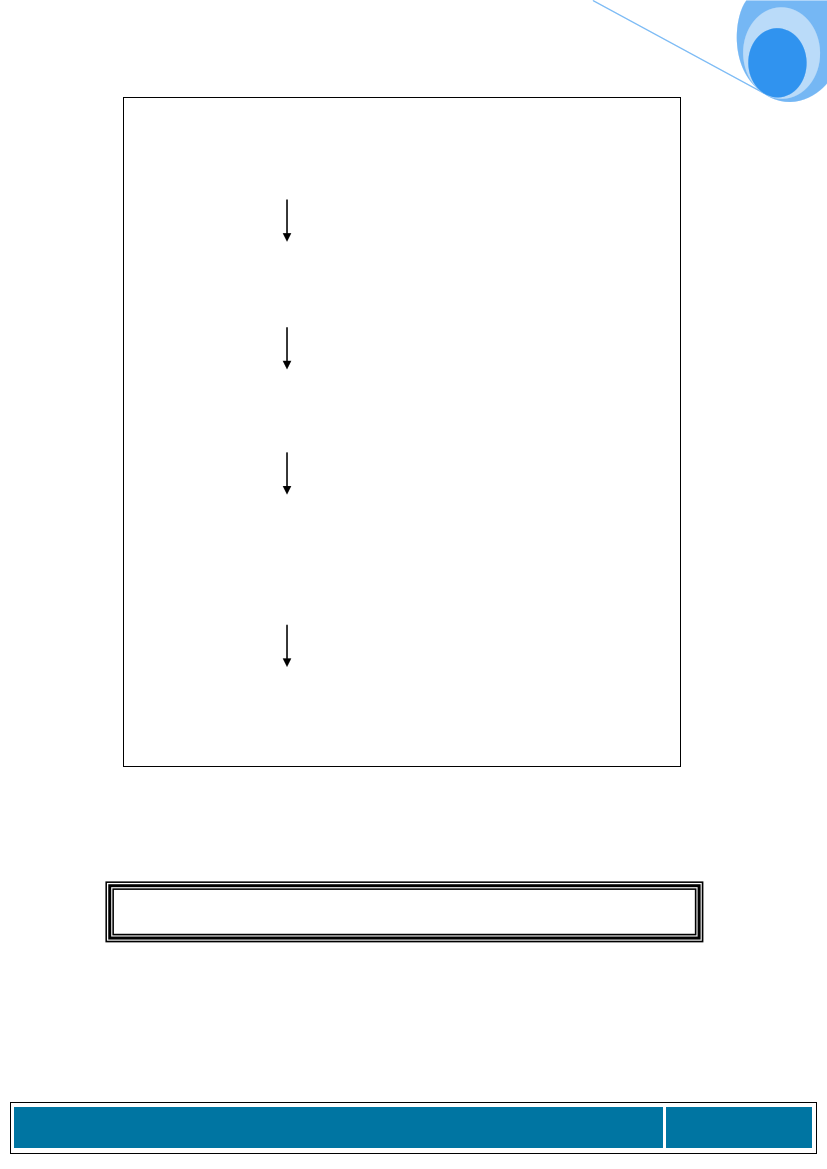
MAINSTREAMING CLIMATE CHANGE ADAPTATION IN AGRICULTURAL EXTENSION
SLIDE - Steps in VCA
STEP 1: Community selection and profiling ensures that essential general
background information is collected in order to form focus groups for
the following assessments.
STEP 2: Hazard assessment identifies the hazards that the community is
exposed to, including the possible impacts of climate change, the
principal characteristics of the hazards, and which groups of people
are most likely to be affected.
STEP 3: Livelihoods Vulnerability assessment identifies what elements
(assets) are at risk and why (what livelihoods conditions are causing
the vulnerability of particular assets). It also looks at which institutions
and policies affect the vulnerability of those assets.
STEP 4: Livelihoods Capacity assessment – identifies people‟s coping
strategies and the resources and technologies that can be mobilised
in the face of a particular hazard. These positive capacities (which
include the ability to access climate and other information) will be key
to devising a plan for building future adaptive capacity. It is important
to build on existing strengths and abilities.
STEP 5: Prioritisation of Risks and Risk Reduction Strategies – begins to
highlight key areas for potential action whilst the assessment
discussions are still fresh in people‟s minds. These can be further
developed into concrete actions during community action planning.
Task: Briefly discuss what to do with the information from the 5 steps. What use is
the information? Ensure participants understand the relevance of the different
steps.
A Training Manual on Use of Climate Information and Vulnerability and Capacity Assessment for
Agricultural Extension Staff in Zimbabwe
Page 65